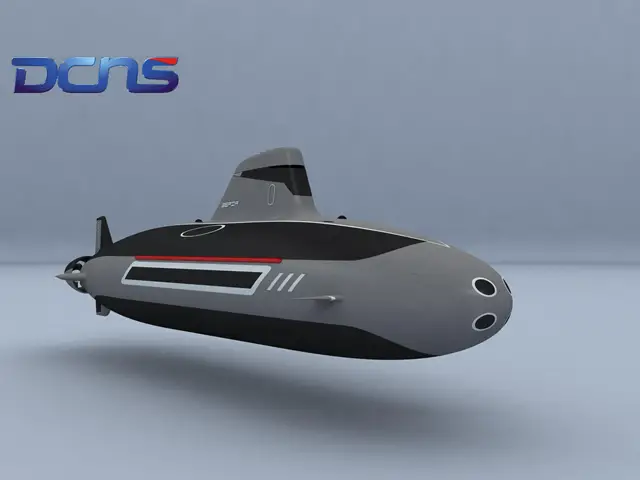SEPIA
(standing for Submarine with Environmental Performance Improvement Along-life)
constitutes a world's first in terms of environmental analysis and ecodesign
applied to a submarine. This new R&D project self-funded by DCNS
started by an analysis of the life cycle of an existing DCNS submarine
(Scorpène SSK). The goal being to evaluate the environmental
impacts of each step of the submarine's life cycle: Construction, active
duty, maintenance, dismantling...
Ultimately, the aim is to identify new architectures and innovative
technologies allowing the minimization of these impacts while meeting
the operational standards of such a vessel. |
According
to Eric Fusil, SEPIA Project Manager and Naval Architect at DCNS' Naval
Submarine Division, the focus is in three main areas:
» energy efficiency improvement
» waste minimization
» use of environmentally friendly materials.
The effort is focused first and foremost on energy optimization of the
propulsion system, by introducing two major innovations: the choice
of a pump-jet, 20% more efficient than classic propulsion, and its implementation
by two complementary electric motors to cover the vessel's speed and
range envelopes with the best performance. "The effectiveness of
this hybrid architecture is 15% higher than that of a single motor with
a direct beneficial effect on autonomy."
A series of measures also contributes to the energy optimization of
the ship: adoption of fuel-efficient combustion engines, replacement
of lead-acid batteries with lithium-ion batteries twice as efficient,
low energy lighting, etc... In order to avoid solid or liquid waste
release during the missions, it was decided remove the garbage disposal
unit (it is replaced with a sterilization-grinding process then stored
under vacuum for solid waste. Liquid effluent are treated or recycled).
The gaseous emissions are minimized through recirculation.
SEPIA also makes extensive use of lighter and less polluting materials:
» Silicone based hull coating (with the advantage of a less resistance
in the water)
» Composite pipes
» Aluminum based electrical wiring
The combination of these different technological solutions proved particularly
satisfactory: "The SEPIA concept not only meets the goals of a
35% reduction in environmental impacts, but it could also provide superior
operational performances compared to those of conventional submarines,
both in terms of self-economy and total cost of ownership."
SEPIA was unveiled in November 2012 during the SIA (Submarine Institute
of Australia) international congress and was recognized as one of two
most outstanding presentations among fourty candidates.
|




























